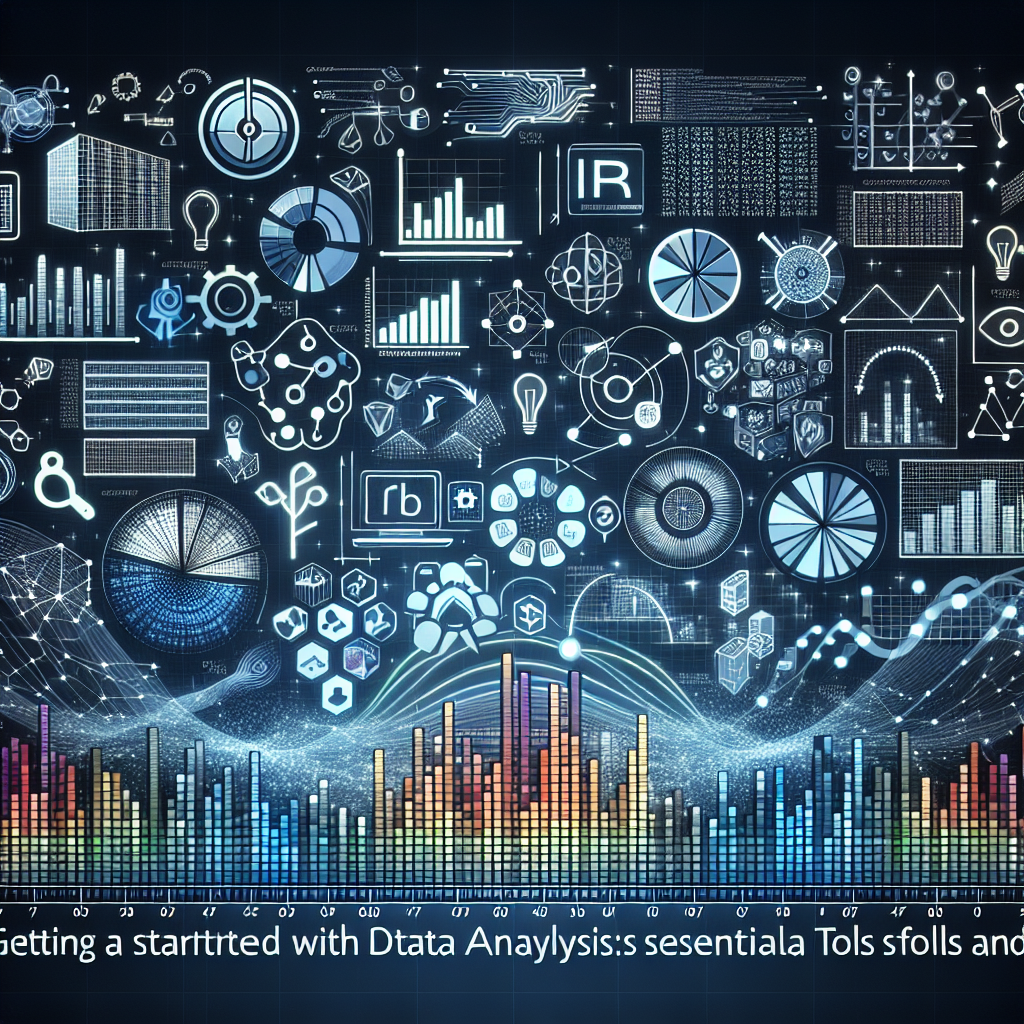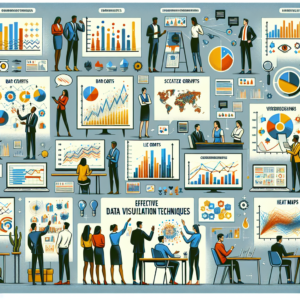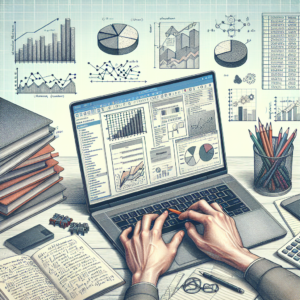In the digital age, data is a valuable resource that provides essential insights into various aspects of business and life. Getting started with data analysis may seem daunting, but with the right tools and software, it can be a rewarding journey. This article will guide you through the essential tools and software needed to transform raw numbers into actionable insights.
Embrace the Power of Data: A Journey Begins
Data analysis is the process of inspecting, cleaning, transforming, and modelling data to discover useful information, draw conclusions and support decision-making. The first step to getting started with data analysis is understanding the power of data and embracing it. Data, when understood, can reveal patterns, show trends, and provide a wealth of knowledge that can help drive strategic decisions. For example, businesses can use data analysis to identify their most profitable customers, determine the effectiveness of marketing campaigns, or predict future trends.
Secondly, it is essential to develop a solid understanding of the principles and theories behind data analysis. This includes learning about statistical analysis, data mining, and predictive modelling. Many online resources and courses like Coursera and edX provide comprehensive introductions to these topics.
Lastly, a successful journey into data analysis requires an inquisitive mindset. The best data analysts are not just good with numbers; they are critical thinkers who are curious about the world around them. They ask the right questions, probe for answers, and are always keen to learn and grow.
Essential Data Analysis Tools: Your New Allies
The next step in getting started with data analysis is equipping yourself with the right tools. These tools are your new allies in your data analysis journey. Firstly, Excel is a powerful tool that is widely used for data analysis. It is great for cleaning data, performing basic analyses, and creating visual representations of data.
Secondly, for more advanced analysis, languages like Python and R are highly beneficial. Both languages have extensive packages and libraries specifically designed for data analysis. Python, for example, has libraries like pandas, NumPy, and seaborn that make data analysis easier and more efficient. Similarly, R is a language specifically designed for data analysis and has a wealth of packages for statistical analysis.
Lastly, SQL (Structured Query Language) is essential for working with databases. SQL allows you to retrieve, manipulate, and analyse data stored in relational databases. Knowledge of SQL is often a requirement for data analyst positions, and there are many resources available online to learn SQL, such as Codecademy and Khan Academy.
Software That Transforms Numbers into Insights
In addition to tools, various software can also help with your data analysis journey. These tools transform numbers into insights, making the task of interpreting data significantly more manageable. For instance, Tableau is a powerful tool for data visualization that helps in turning complex data into understandable and visually appealing insights.
Similarly, SAS (Statistical Analysis System) is a software suite that offers an array of statistical functions. It provides tools for data management, advanced analytics, multivariate analysis, and business intelligence. SAS is widely used in professional settings and is considered an industry standard.
Lastly, SPSS (Statistical Package for the Social Sciences) is another software that is commonly used for data analysis in social science research. It provides a wide range of functionalities, including descriptive statistics, complex statistical analyses, and data management tools.
In Conclusion: Summing Up Your Data Analysis Journey
In conclusion, getting started with data analysis is a journey that involves embracing the power of data, learning essential tools, and using the right software. Data analysis is an increasingly valuable skill in today’s digital world, and mastering it can open many doors professionally.
Remember that the journey to becoming a proficient data analyst requires a curious mind and a willingness to keep learning. Each dataset you encounter is a new puzzle waiting to be solved, and each solution brings you one step closer to becoming a data analysis expert.
So start your data analysis journey today. Embrace the power of data. Equip yourself with the right tools and software. And be prepared to uncover the stories that data can tell.
In sum, your journey in getting started with data analysis can be an exciting and rewarding adventure. With the right mindset, tools, and software, you are well on your way to becoming a data analysis expert. The world of data awaits you, filled with insights and knowledge ready to be unlocked. The power of data is in your hands. Happy analyzing!










